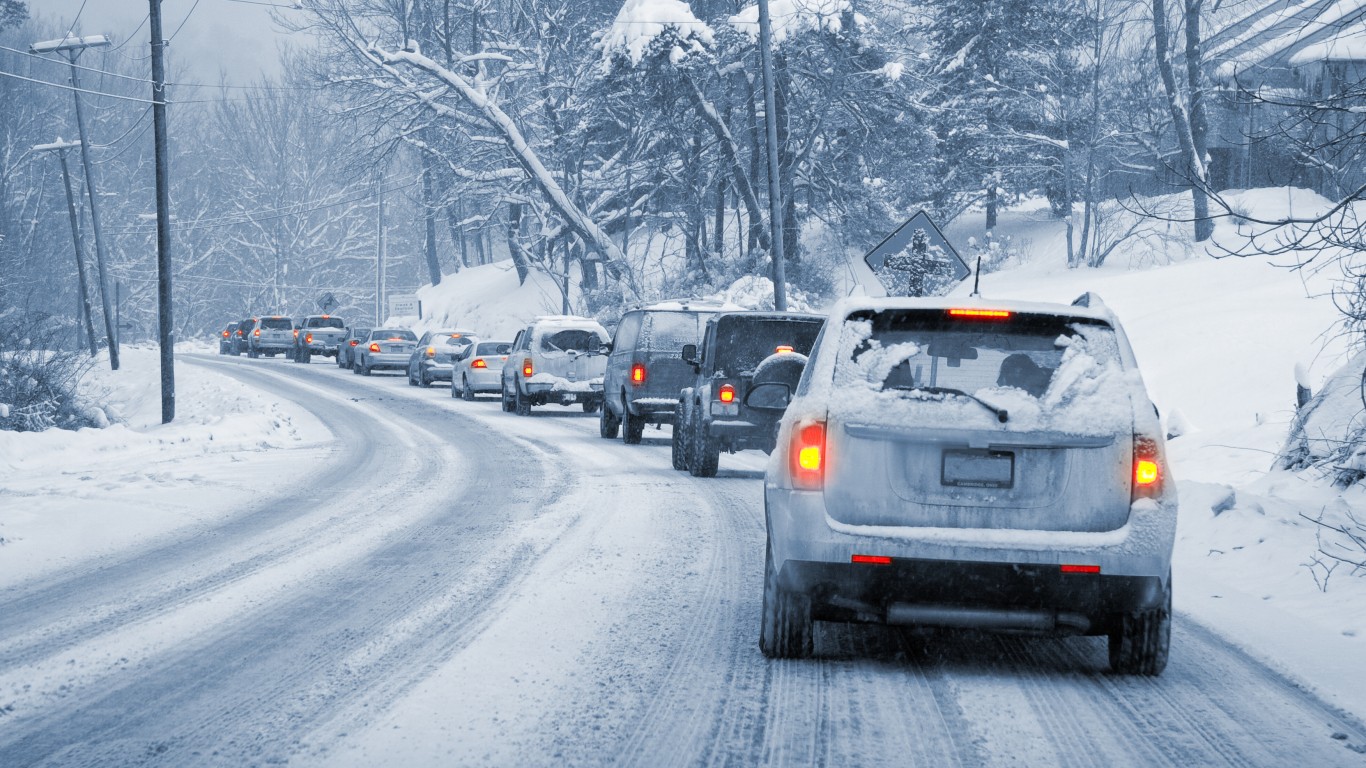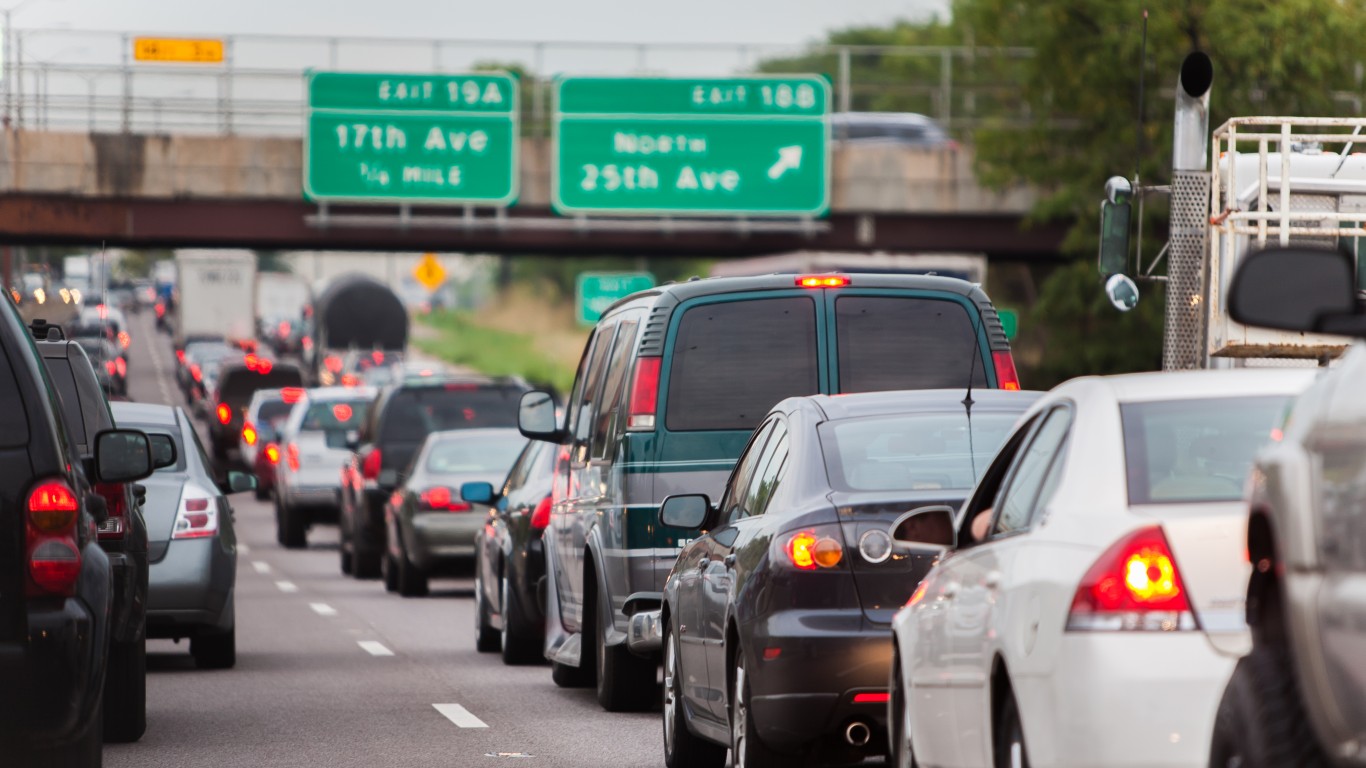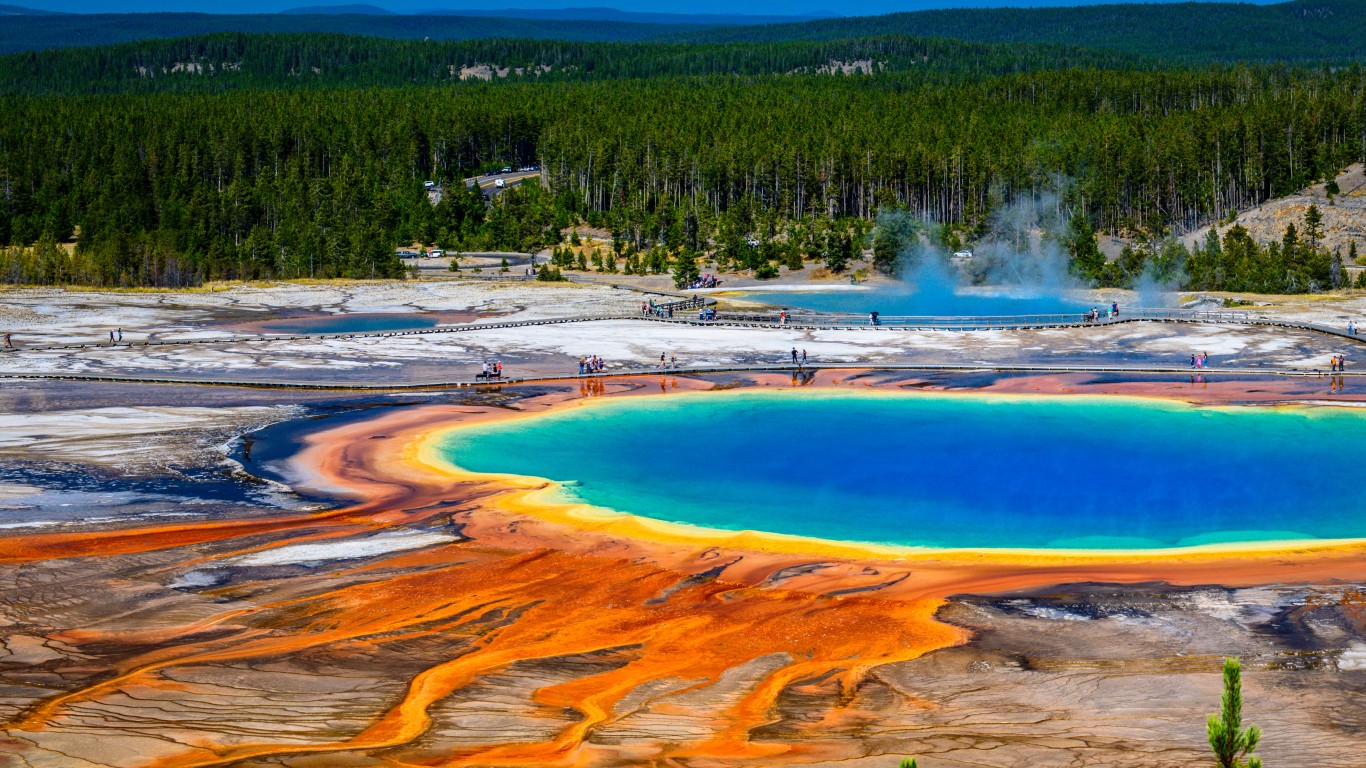
National parks are bound to be on millions of people’s vacation bucket lists. Some offer breathtaking views or aquatic recreation, while others provide a chance to see wild animals like bison, elk, marmots, and even grizzly bears. But these vacation hotspots can spell danger for avid outdoors people and ill-prepared travelers alike.
Many parks feature sheer cliffs and deep canyons, where a single misstep could lead to a fatal fall. Others contain remote and expansive tracts of wilderness with no cell service, where getting lost could lead to dehydration, starvation, or severe exposure. (Here are the national parks with the best and worst mobile service.)
While visiting national parks – and other sites maintained by the National Park Service – may yield happy memories (and killer Instagram images), it can also be fatal. To compile a list of America’s deadliest national parks, 24/7 Tempo reviewed the latest data available on fatalities between 2007 and 2021 from the National Park Service. Data was collected by the NPS Public Risk Management Program (PRMP). PRMP aggregates data from NPS systems that are updated continuously. Data is current as of late April 2023. The list includes all parks and related venues in which more than 30 deaths occurred in the time period covered.
Click here for a list of America’s deadliest national parks
Some of the deadliest parks, including Lake Mead National Recreation Area, are largely centered around a body of water, where drownings are the most common cause of death. Others, like the Natchez Trace Parkway, feature miles of roadway where car accidents are not uncommon. Still others that feature canyons or high mountain peaks are the sites of dozens of deaths by falling or environmental exposure.
Deaths from natural or medical causes are also common, and while they may have more to do with a person’s pre-existing conditions, extreme heat or fatigue can often factor into these fatalities. On the other hand, deaths due to animal attacks are extremely rare. (These are the states where you’re most likely to be killed by an animal or bug.)
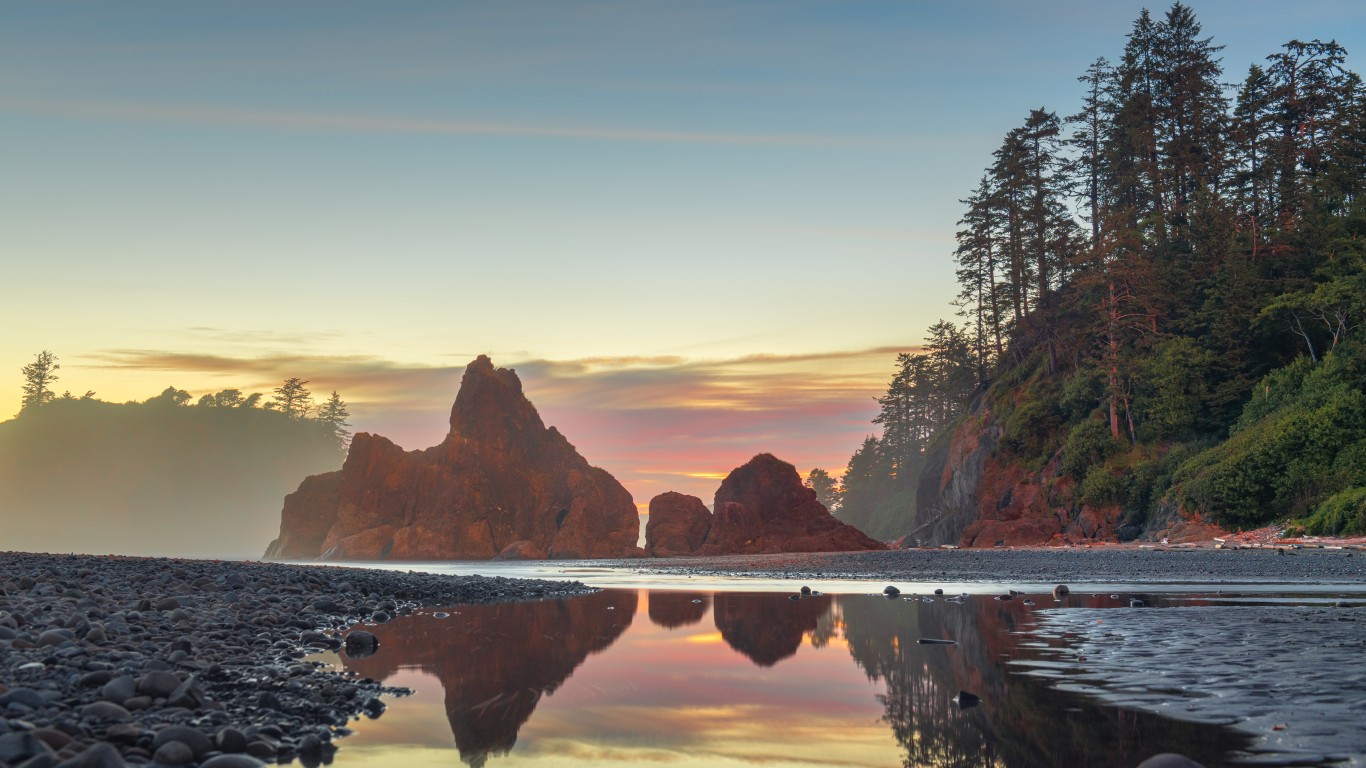
28. Olympic National Park, Washington
> Total deaths, 2007-2021: 32
> Leading cause of death in Olympic National Park, 2007-2021: Medical causes (9)
> 2nd leading cause of death: Drowning (6)
[in-text-ad]
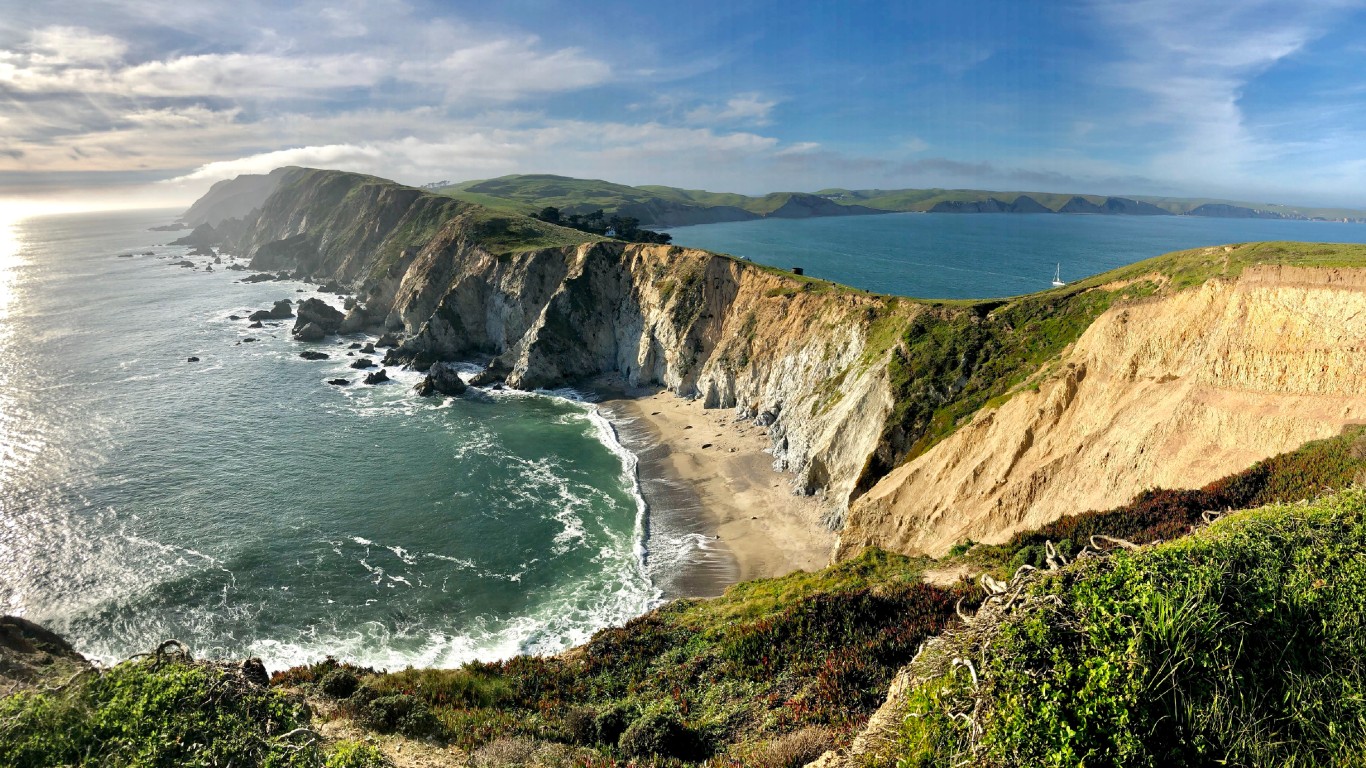
27. Point Reyes National Seashore, California
> Total deaths, 2007-2021: 33
> Leading cause of death at Point Reyes National Seashore, 2007-2021: Drowning (16)
> 2nd leading cause of death: Undetermined (8)
26. Suitland Parkway, Washington, D.C. (roadway administered by the National Park Service)
> Total deaths, 2007-2021: 34
> Leading cause of death on Suitland Parkway, 2007-2021: Motor vehicle crash (29)
> 2nd leading cause of death: Undetermined (4)
25. Chattahoochee River National Recreation Area, Georgia
> Total deaths, 2007-2021: 37
> Leading cause of death in Chattahoochee River National Recreation Area, 2007-2021: Drowning (26)
> 2nd leading cause of death: Undetermined (4)
[in-text-ad-2]
24. Buffalo National River, Arkansas
> Total deaths, 2007-2021: 37
> Leading cause of death at Buffalo National River, 2007-2021: Drowning (18)
> 2nd leading cause of death: Motor vehicle crash (8)
23. National Mall & Memorial Parks, Washington, D.C.
> Total deaths, 2007-2021: 40
> Leading cause of death in National Mall & Memorial Parks, 2007-2021: Undetermined (24)
> 2nd leading cause of death: Medical causes (7)
[in-text-ad]
22. New River Gorge National River, West Virginia
> Total deaths, 2007-2021: 44
> Leading cause of death at New River Gorge National River, 2007-2021: Drowning (29)
> 2nd leading cause of death: Undetermined (6)

21. Glacier National Park, Montana
> Total deaths, 2007-2021: 46
> Leading cause of death in Glacier National Park, 2007-2021: Drowning, fall (11 each)
> 2nd leading cause of death: Medical causes (10)
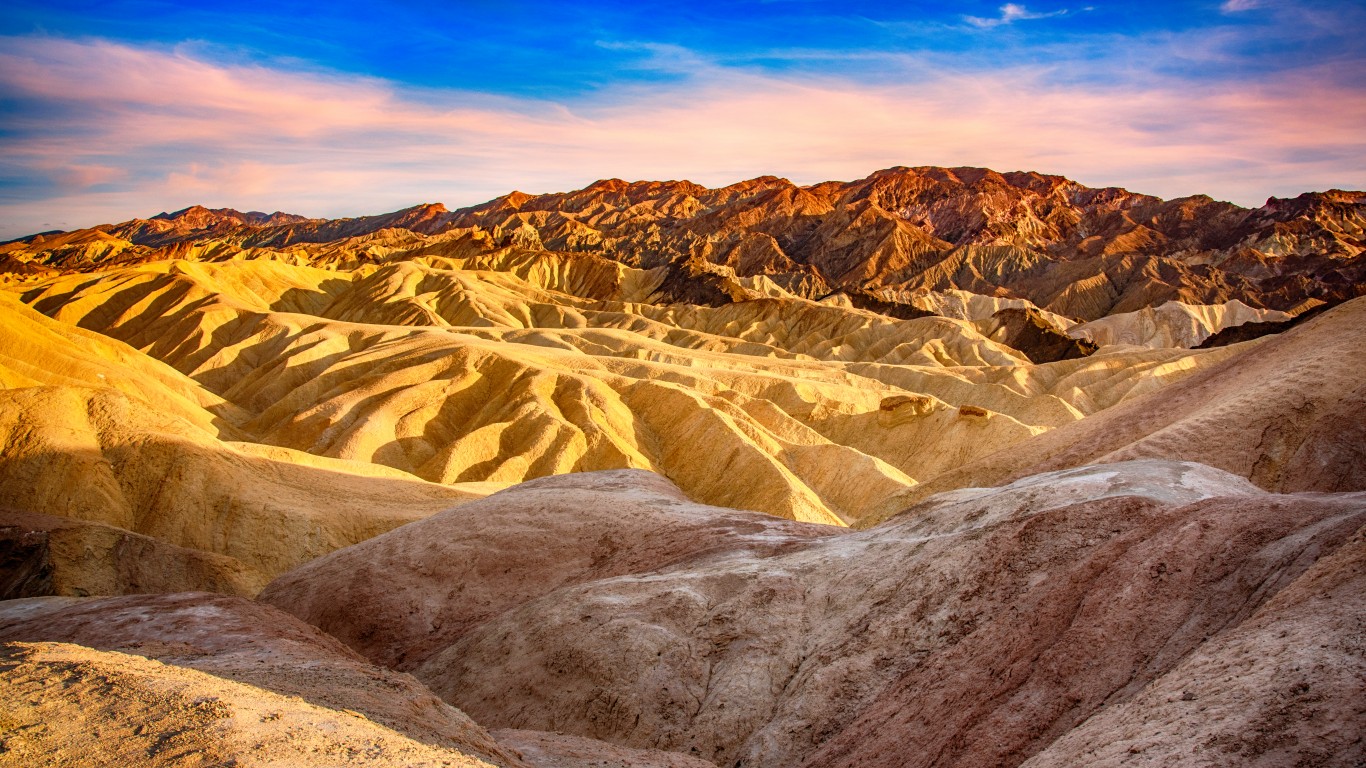
20. Death Valley National Park, California and Nevada
> Total deaths, 2007-2021: 46
> Leading cause of death in Death Valley National Park, 2007-2021: Motor vehicle crash (14)
> 2nd leading cause of death: Undetermined (11)
[in-text-ad-2]
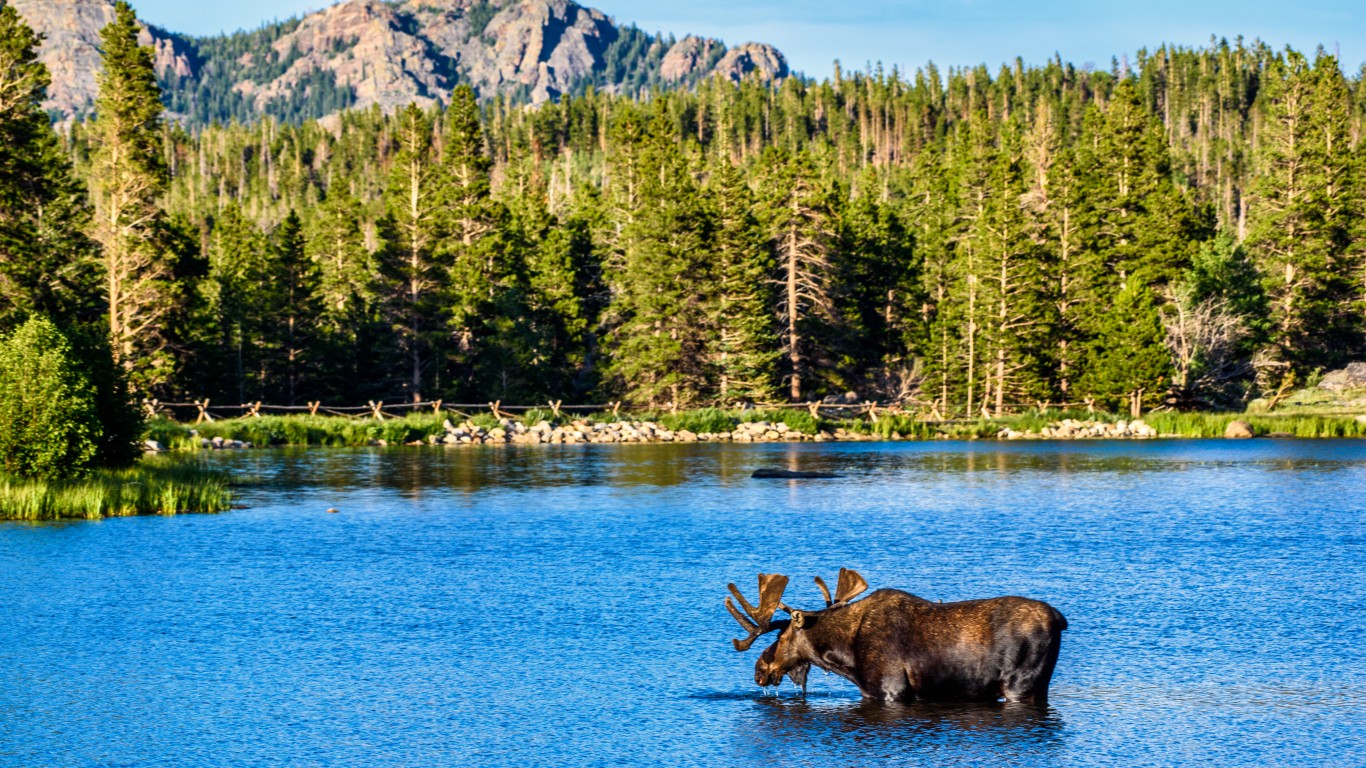
19. Rocky Mountain National Park, Colorado
> Total deaths, 2007-2021: 46
> Leading cause of death in Rocky Mountain National Park, 2007-2021: Fall (23)
> 2nd leading cause of death: Medical causes (8)
18. Zion National Park, Utah
> Total deaths, 2007-2021: 52
> Leading cause of death in Zion National Park, 2007-2021: Fall (30)
> 2nd leading cause of death: Undetermined (8)
[in-text-ad]
17. Baltimore-Washington Parkway (roadway partially administered by the National Park Service)
> Total deaths, 2007-2021: 58
> Leading cause of death on Baltimore-Washington Parkway, 2007-2021: Motor vehicle crash (57)
> 2nd leading cause of death: Undetermined (1)
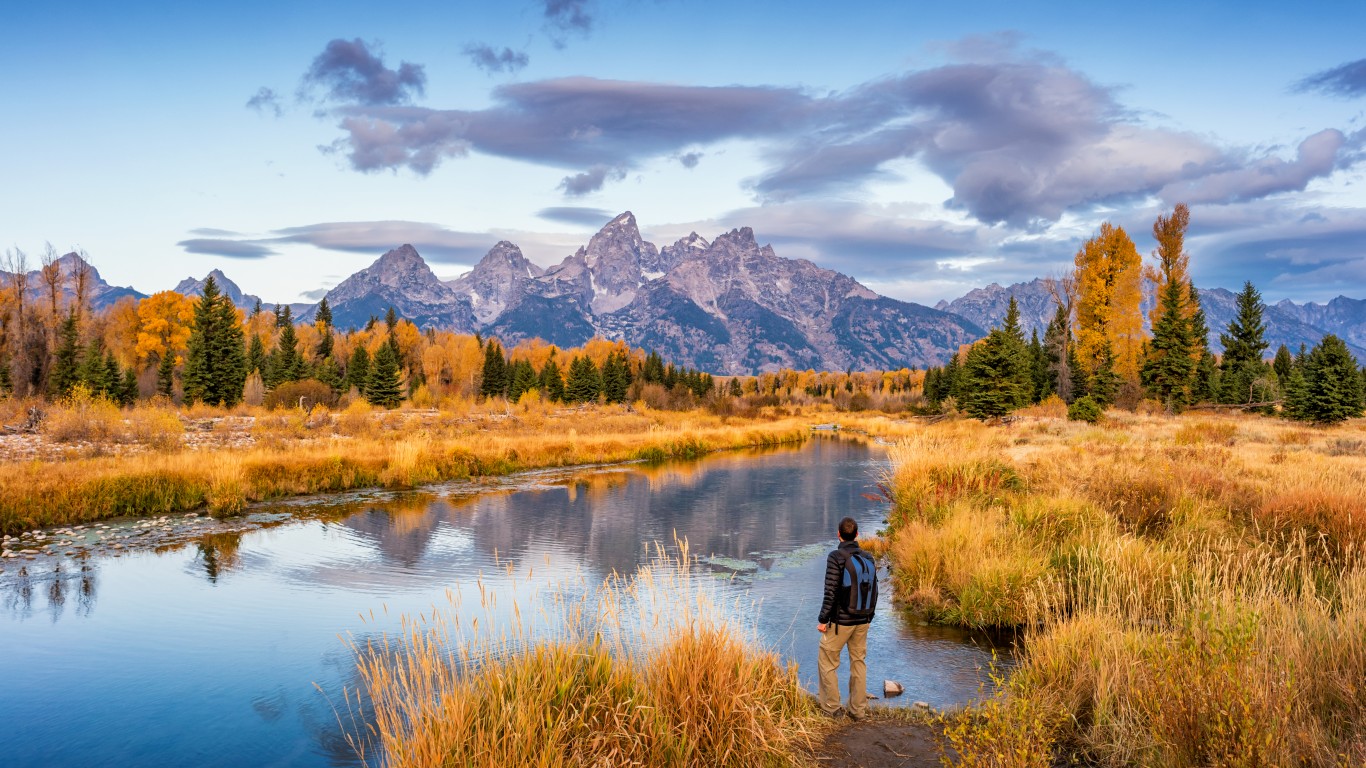
16. Grand Teton National Park, Wyoming
> Total deaths, 2007-2021: 60
> Leading cause of death in Grand Teton National Park, 2007-2021: Fall (26)
> 2nd leading cause of death: Environmental (11)
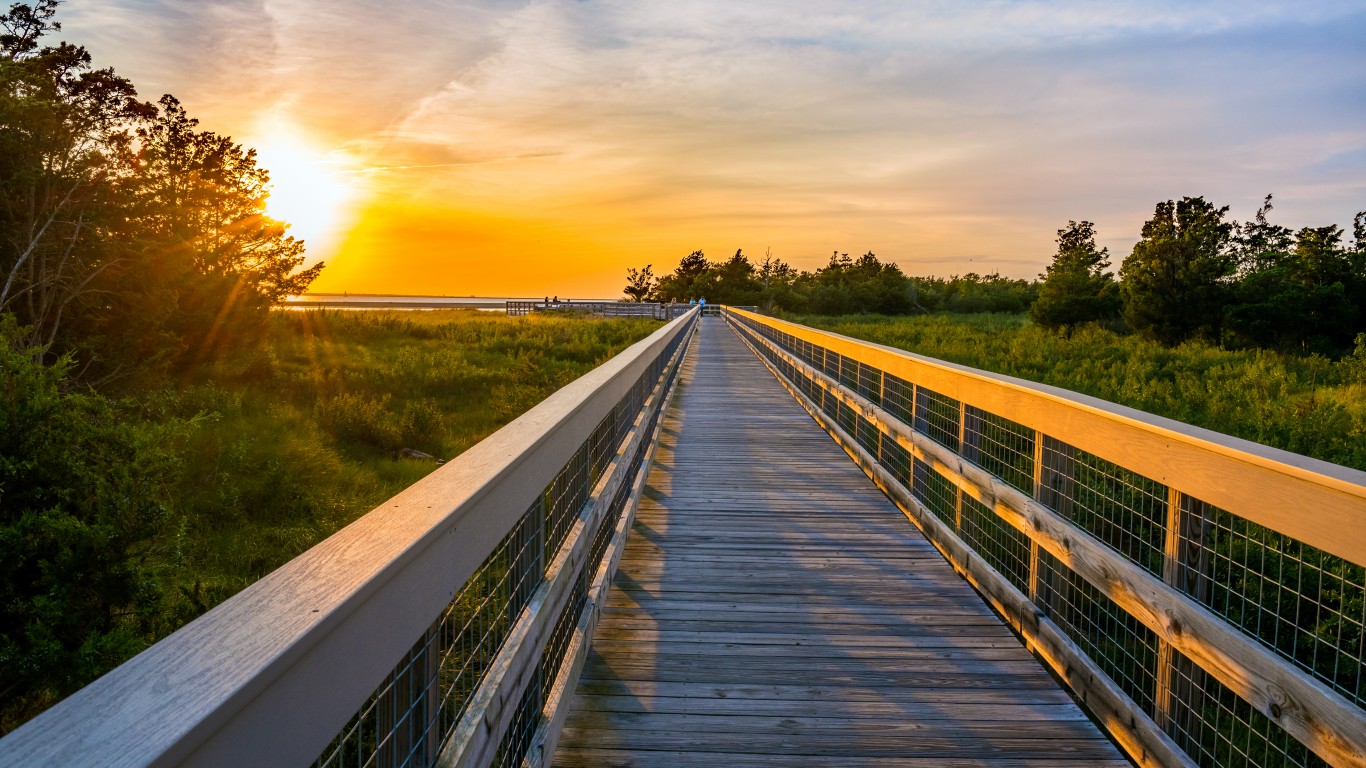
15. Gateway National Recreation Area, New York and New Jersey
> Total deaths, 2007-2021: 60
> Leading cause of death in Gateway National Recreation Area, 2007-2021: Undetermined (24)
> 2nd leading cause of death: Drowning (16)
[in-text-ad-2]
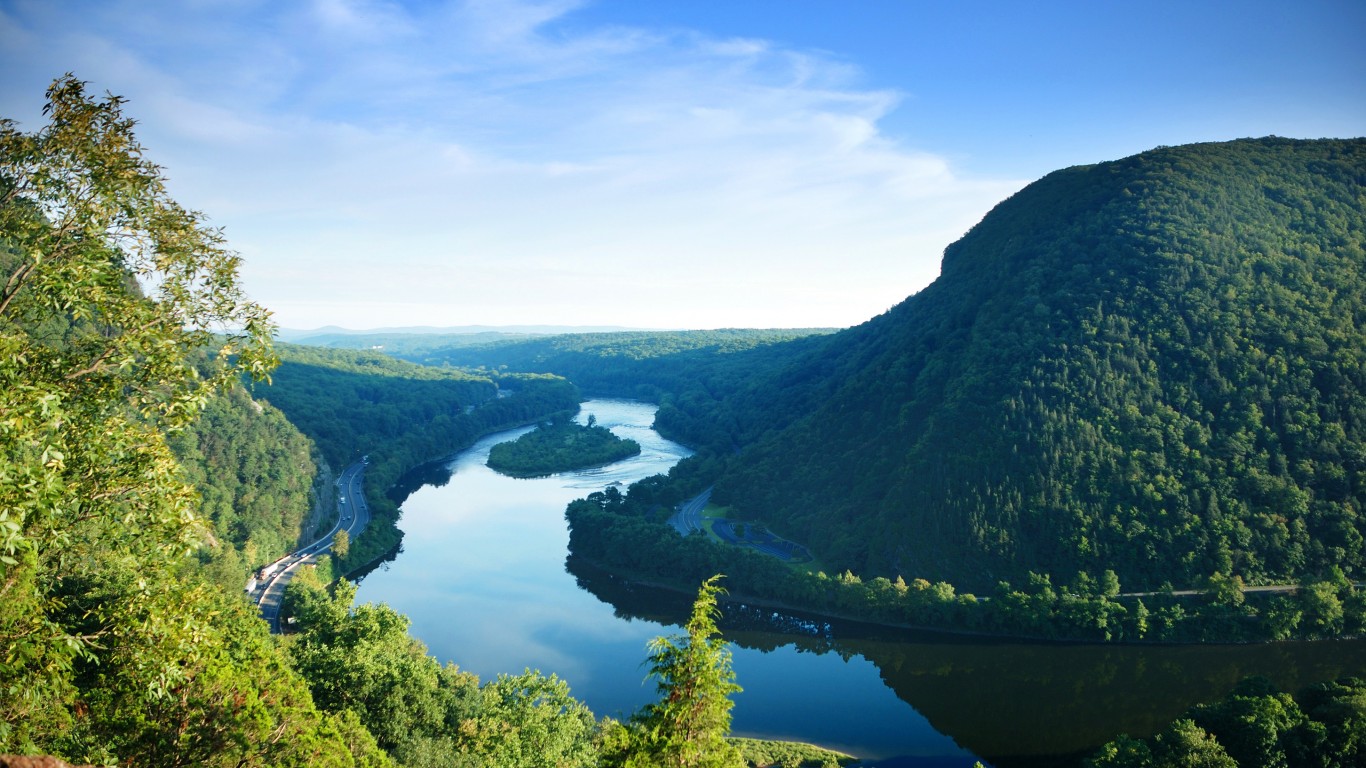
14. Delaware Water Gap National Recreation Area, New Jersey and Pennsylvania border
> Total deaths, 2007-2021: 61
> Leading cause of death in Delaware Water Gap National Recreation Area, 2007-2021: Drowning (35)
> 2nd leading cause of death: Motor vehicle crash (16)

13. Yellowstone National Park, Wyoming, Idaho, Montana
> Total deaths, 2007-2021: 63
> Leading cause of death in Yellowstone National Park, 2007-2021: Motor vehicle crash (17)
> 2nd leading cause of death: Medical causes (13)
[in-text-ad]
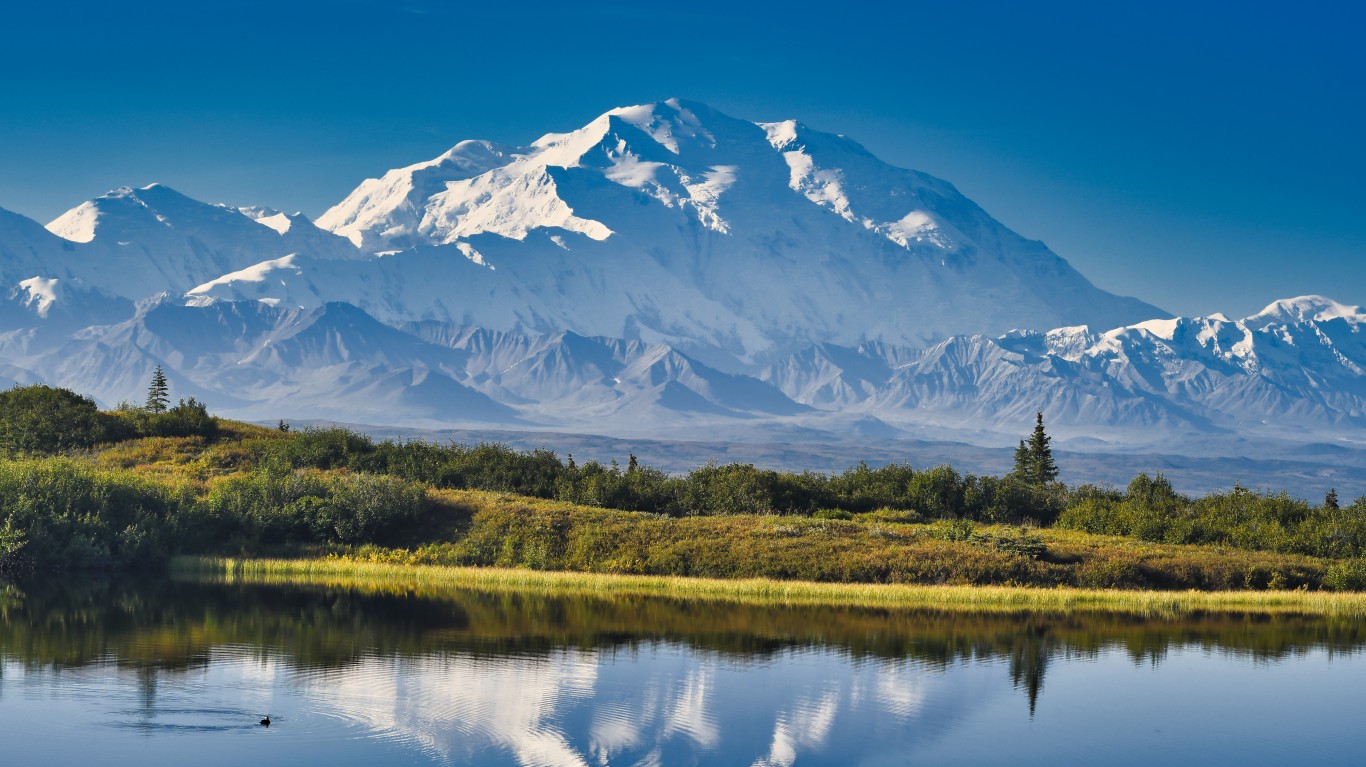
12. Denali National Park & Preserve, Alaska
> Total deaths, 2007-2021: 63
> Leading cause of death in Denali National Park & Preserve, 2007-2021: Fall (23)
> 2nd leading cause of death: Environmental (19)
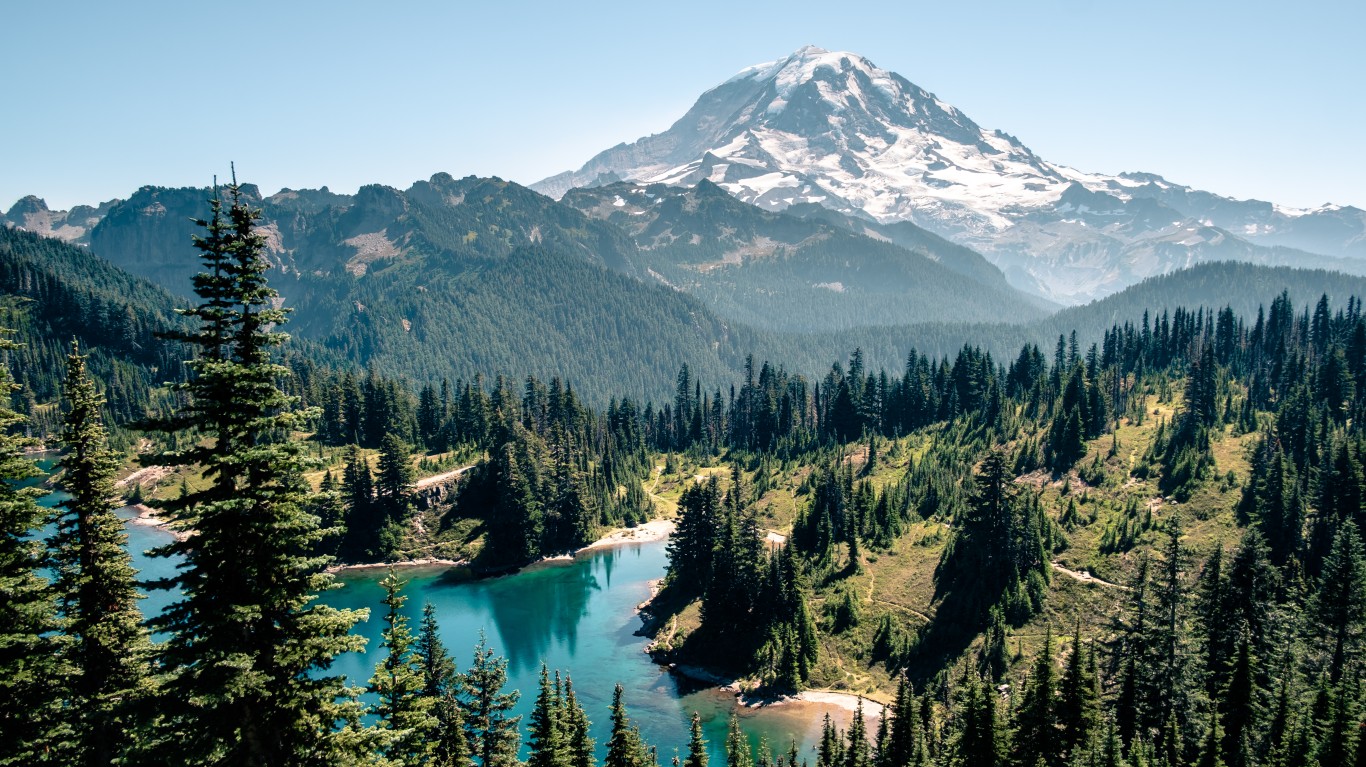
11. Mount Rainier National Park, Washington
> Total deaths, 2007-2021: 68
> Leading cause of death in Mount Rainier National Park, 2007-2021: Fall (25)
> 2nd leading cause of death: Environmental (15)

10. Cape Hatteras National Seashore, North Carolina
> Total deaths, 2007-2021: 70
> Leading cause of death at Cape Hatteras National Seashore, 2007-2021: Drowning (50)
> 2nd leading cause of death: Undetermined (9)
[in-text-ad-2]

9. Sequoia & Kings Canyon National Parks, California
> Total deaths, 2007-2021: 86
> Leading cause of death in Sequoia & Kings Canyon National Parks, 2007-2021: Fall (28)
> 2nd leading cause of death: Undetermined (15)

8. Golden Gate National Recreation Area, California
> Total deaths, 2007-2021: 91
> Leading cause of death in Golden Gate National Recreation Area, 2007-2021: Undetermined (38)
> 2nd leading cause of death: Drowning (20)
[in-text-ad]

7. Blue Ridge Parkway, North Carolina and Virginia
> Total deaths, 2007-2021: 95
> Leading cause of death in Blue Ridge Parkway, 2007-2021: Motor vehicle crash (66)
> 2nd leading cause of death: Medical causes (7)

6. Natchez Trace Parkway, Tennessee and Mississippi (roadway administered by the National Park Service)
> Total deaths, 2007-2021: 105
> Leading cause of death in Natchez Trace Parkway, 2007-2021: Motor vehicle crash (90)
> 2nd leading cause of death: Medical causes (6)

5. Great Smoky Mountains National Park, North Carolina and Tennessee
> Total deaths, 2007-2021: 113
> Leading cause of death in Great Smoky Mountains National Park, 2007-2021: Motor vehicle crash (46)
> 2nd leading cause of death: Undetermined (18)
[in-text-ad-2]

4. Glen Canyon National Recreation Area, Arizona and Utah
> Total deaths, 2007-2021: 113
> Leading cause of death in Glen Canyon National Recreation Area, 2007-2021: Drowning (43)
> 2nd leading cause of death: Undetermined (16)
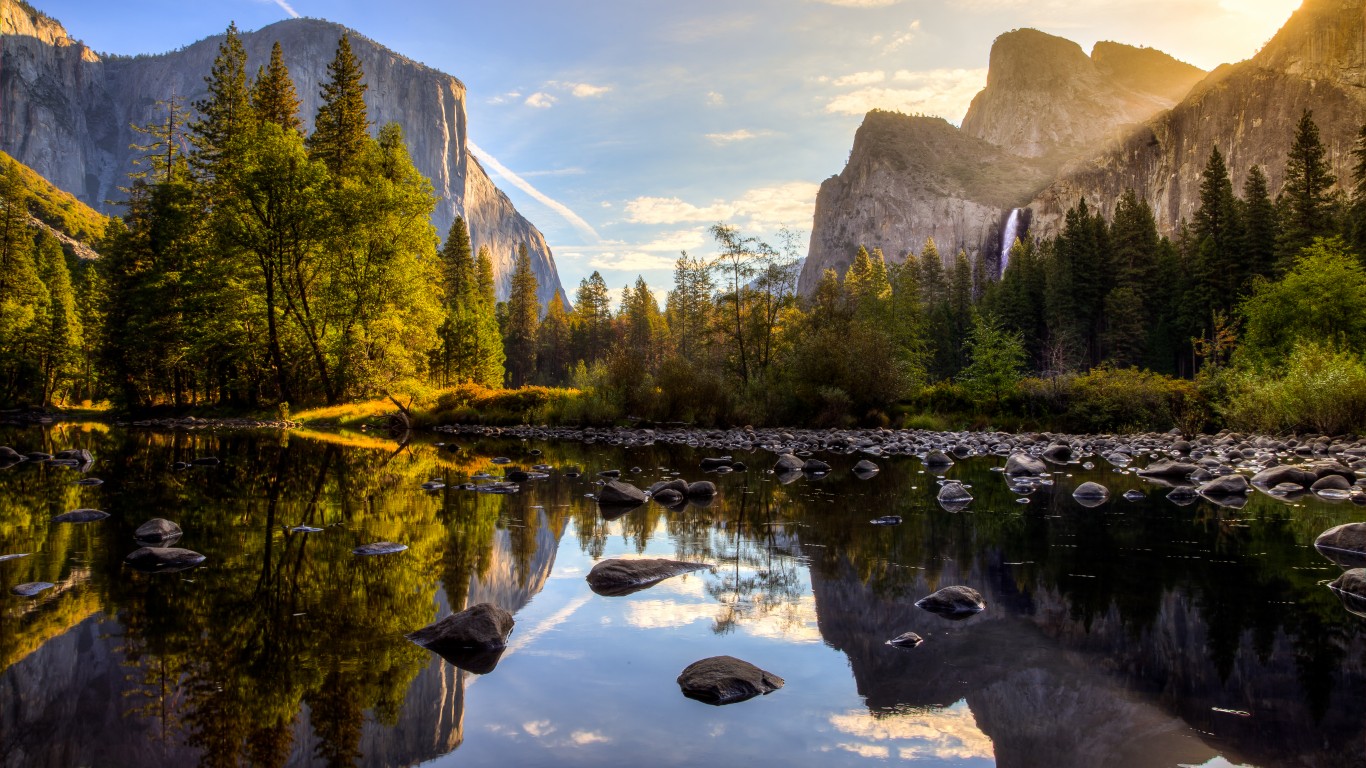
3. Yosemite National Park, California
> Total deaths, 2007-2021: 146
> Leading cause of death in Yosemite National Park, 2007-2021: Fall (53)
> 2nd leading cause of death: Medical causes (33)
[in-text-ad]
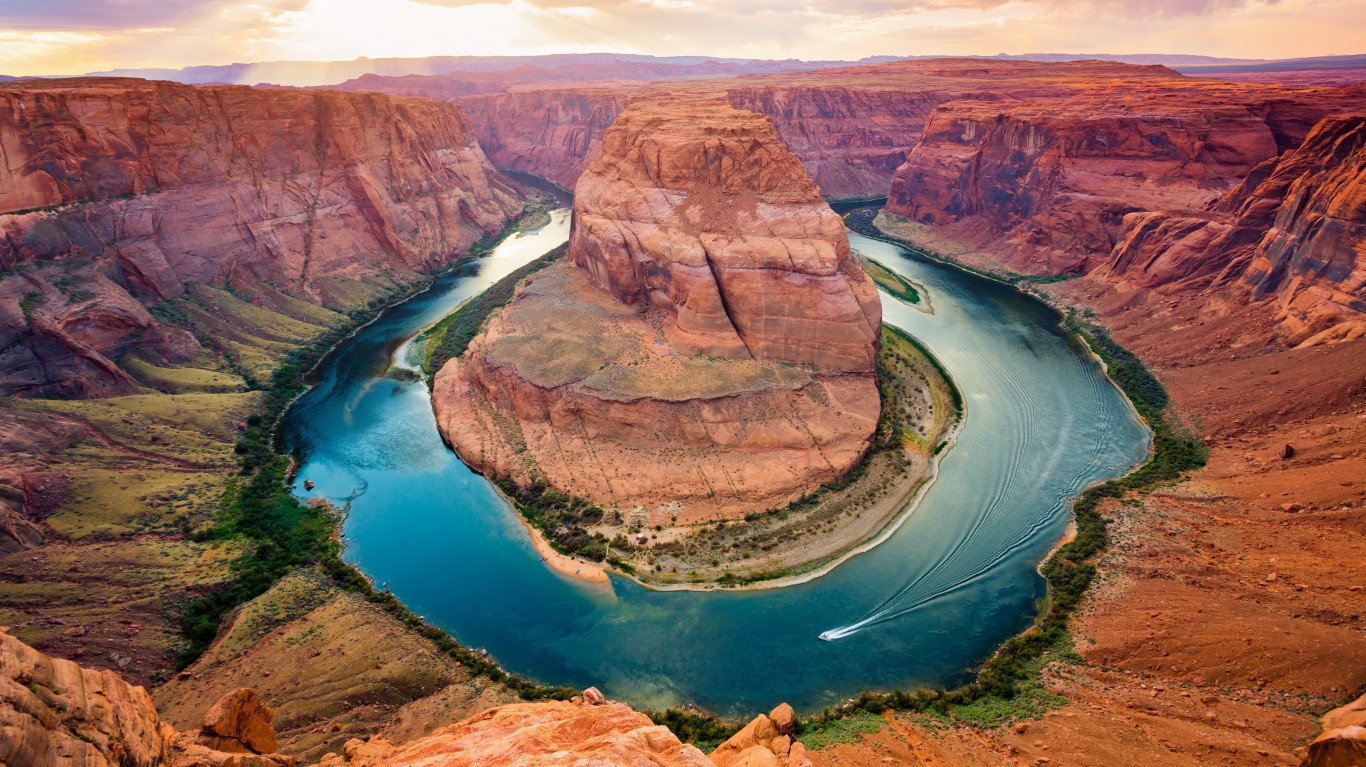
2. Grand Canyon National Park, Arizona
> Total deaths, 2007-2021: 149
> Leading cause of death in Grand Canyon National Park, 2007-2021: Medical causes (48)
> 2nd leading cause of death: Fall (37)

1. Lake Mead National Recreation Area, Arizona and Nevada
> Total deaths, 2007-2021: 252
> Leading cause of death in Lake Mead National Recreation Area, 2007-2021: Drowning (101)
> 2nd leading cause of death: Motor vehicle crash (47)
100 Million Americans Are Missing This Crucial Retirement Tool
The thought of burdening your family with a financial disaster is most Americans’ nightmare. However, recent studies show that over 100 million Americans still don’t have proper life insurance in the event they pass away.
Life insurance can bring peace of mind – ensuring your loved ones are safeguarded against unforeseen expenses and debts. With premiums often lower than expected and a variety of plans tailored to different life stages and health conditions, securing a policy is more accessible than ever.
A quick, no-obligation quote can provide valuable insight into what’s available and what might best suit your family’s needs. Life insurance is a simple step you can take today to help secure peace of mind for your loved ones tomorrow.
Click here to learn how to get a quote in just a few minutes.
Thank you for reading! Have some feedback for us?
Contact the 24/7 Wall St. editorial team.

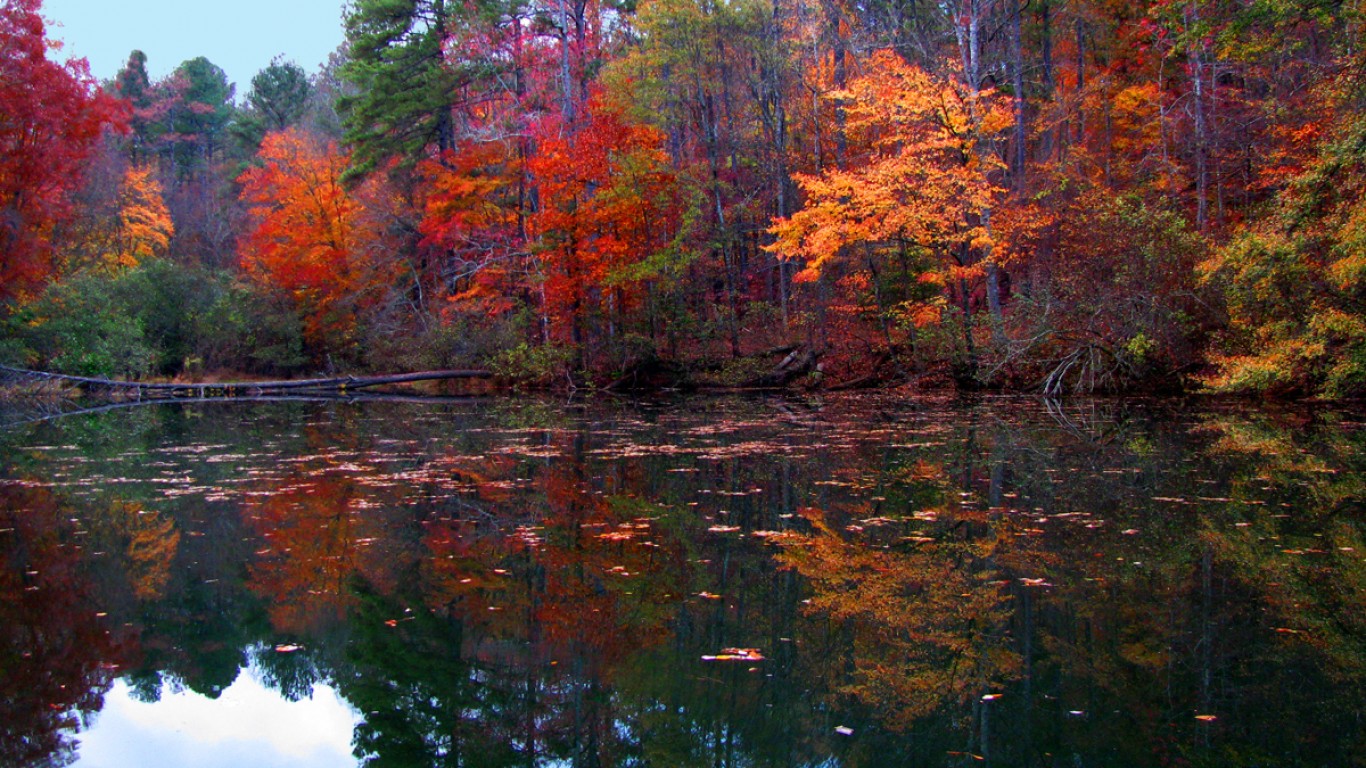
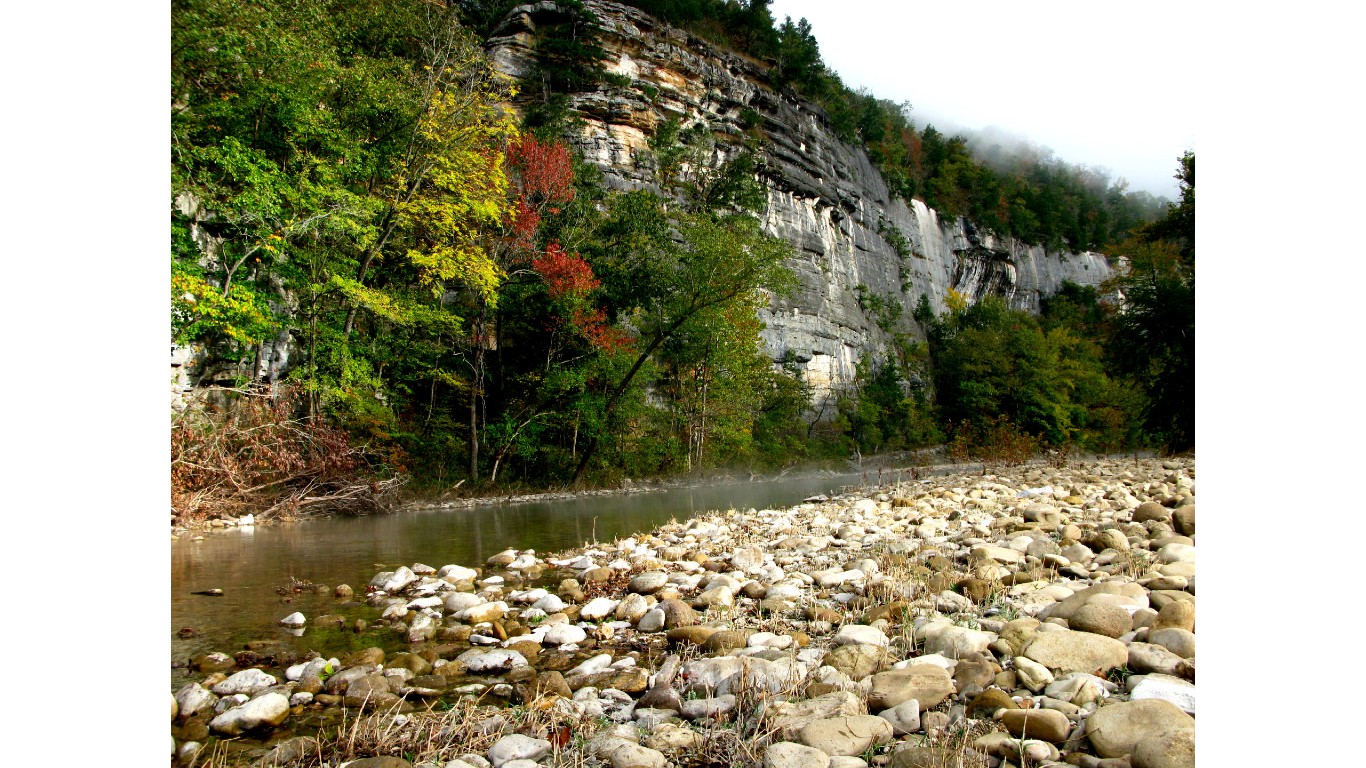


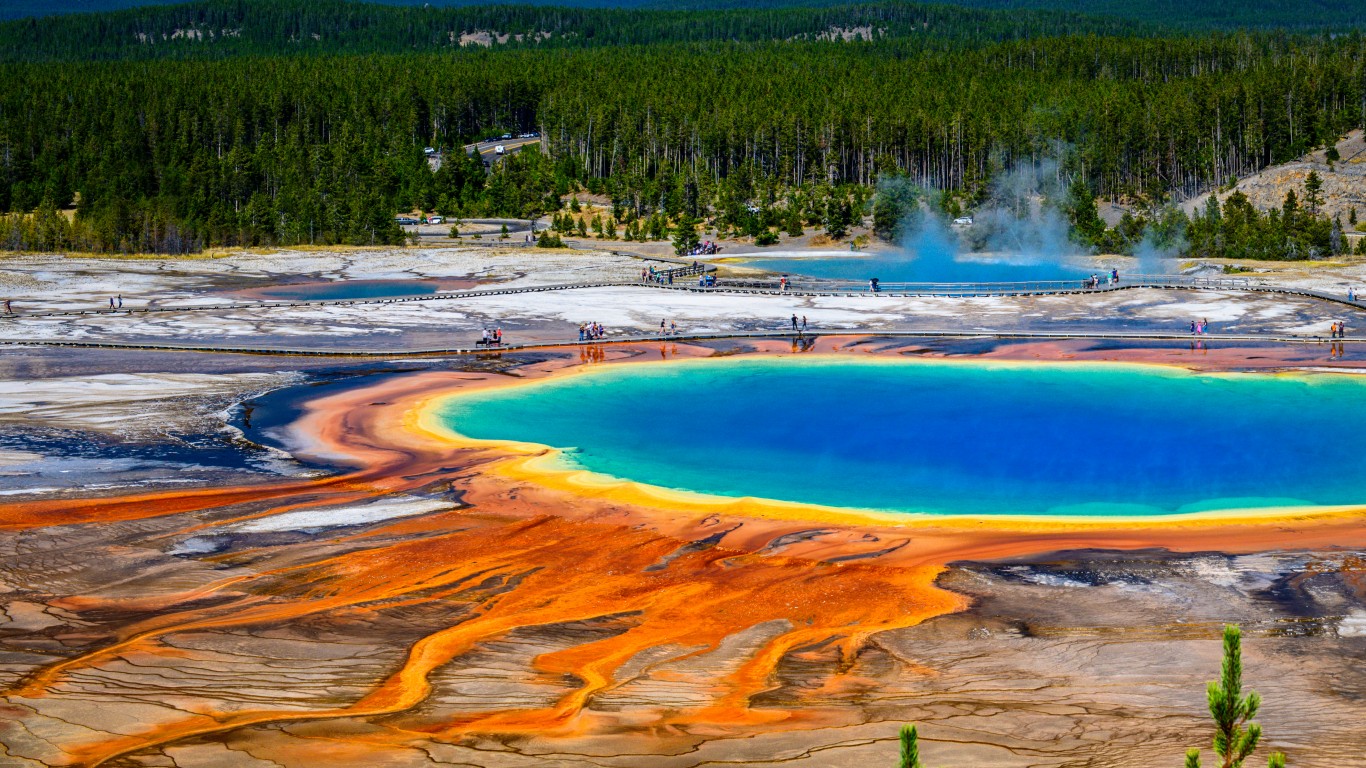 24/7 Wall St.
24/7 Wall St.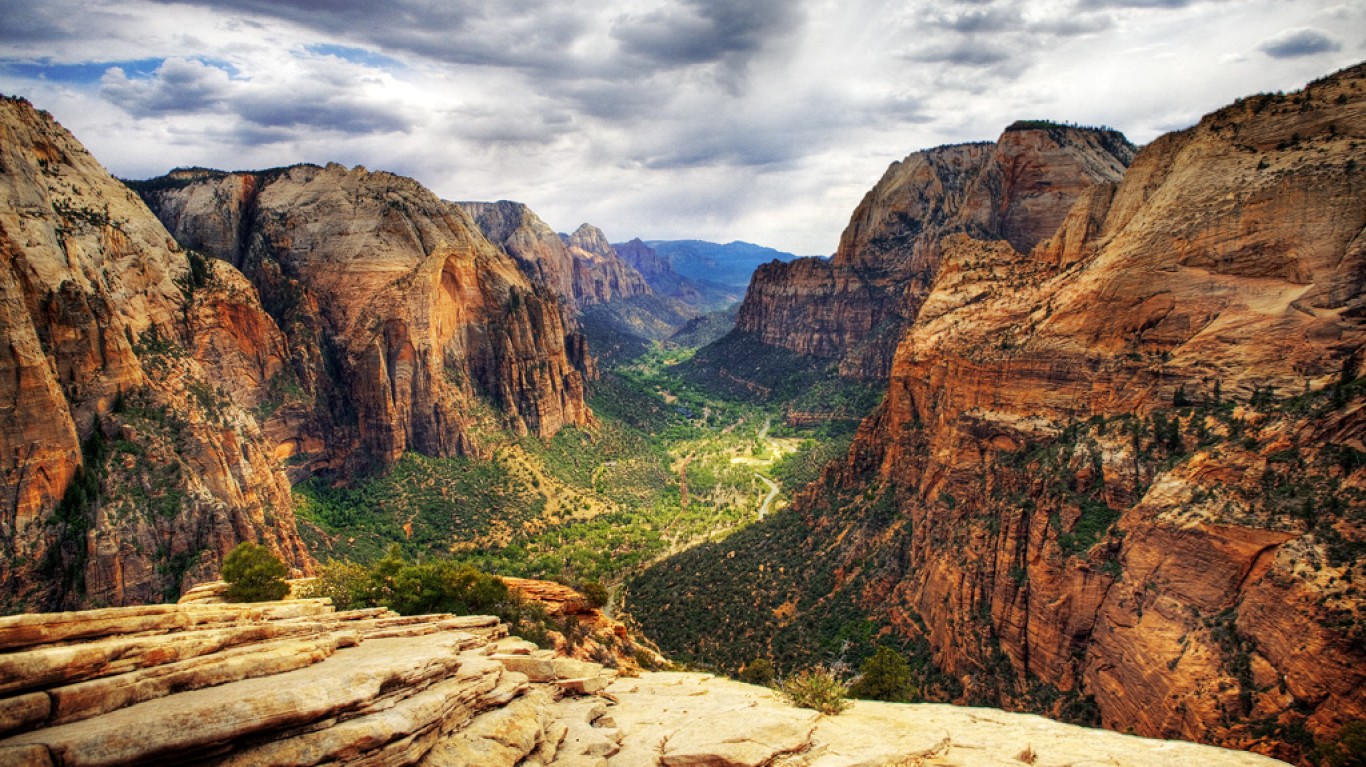

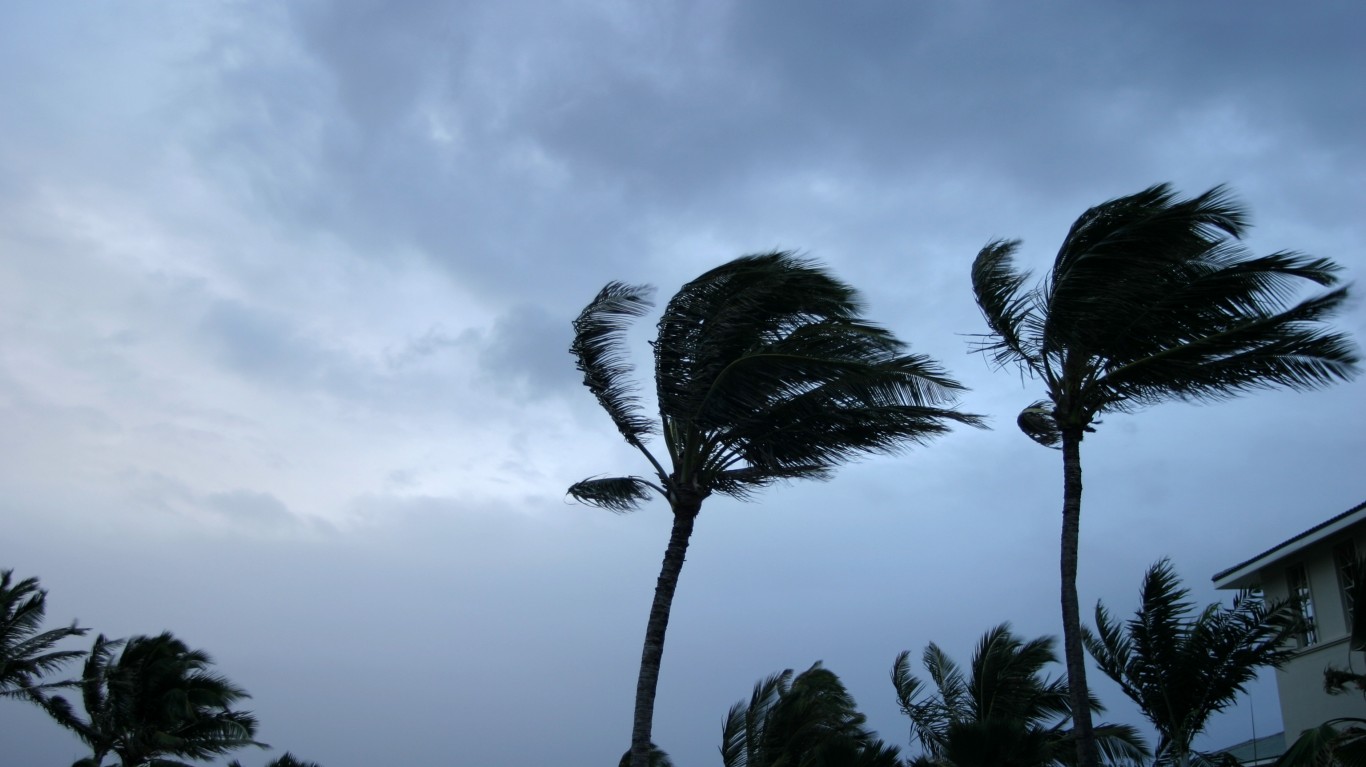 24/7 Wall St.
24/7 Wall St. 24/7 Wall St.
24/7 Wall St.